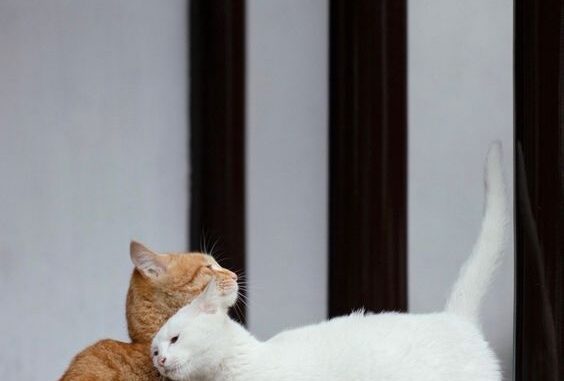
Cat families represent a tapestry of social dynamics and adaptive strategies that have evolved over millennia. From the majestic lions of the African savannah to the elusive clouded leopards of Southeast Asia, each species within the felidae family offers a unique perspective on cooperative living and survival in diverse habitats.
1. Diversity of Cat Families: The felidae family comprises a remarkable diversity of species, ranging from solitary hunters to social predators. Among the most iconic are the lion prides of Africa, where females cooperate in hunting and raising offspring, while males defend territories and protect their pride. In contrast, the elusive snow leopards of the Himalayas navigate harsh mountain landscapes alone, relying on stealth and agility to survive.

2. Social Structures and Hierarchies: Social structures within cat families vary widely, shaped by ecological pressures and evolutionary history. In species like the cheetah, females form small, stable groups with their cubs, cooperating in hunting and sharing kills. Dominance hierarchies, often based on age and size, regulate access to resources such as territory and mates, ensuring the survival of the fittest individuals within the group.
3. Communication and Cooperative Behavior: Communication within cat families is nuanced and essential for maintaining cohesion. Vocalizations, body language, and scent marking convey vital information about territory boundaries, reproductive status, and social hierarchy. Cooperative behaviors, such as communal grooming and sharing of kills, strengthen bonds within the group and promote collective success in hunting and raising offspring.

4. Evolutionary Adaptations and Ecological Significance: The evolution of cat families reflects a remarkable adaptation to diverse ecosystems, from dense rainforests to arid deserts. Specialized adaptations, such as the snow leopards’ thick fur for insulation or the servals’ long legs for agile hunting, highlight their ability to thrive in challenging environments. As apex predators, cats play a crucial role in regulating prey populations and maintaining ecosystem balance, making them vital to biodiversity conservation efforts worldwide.
5. Domestic Cats: Our Feline Companions: Beyond their wild counterparts, domestic cats also exhibit behaviors rooted in their ancestral ties to cat families. Domestication has preserved their innate hunting instincts, social behaviors, and territorial instincts, making them beloved companions in households worldwide. Studies show that enriched environments and positive social interactions with humans contribute to their well-being and longevity, reinforcing their role as valued members of our families.

Conclusion: Cat families offer a captivating glimpse into the complexities of social organization, communication, and adaptive strategies honed through millions of years of evolution. By studying their behaviors and ecological roles, we gain insights that inform conservation efforts and enhance our understanding of animal cognition and social dynamics. Whether prowling the savannah or purring contentedly in our homes, cats continue to fascinate and inspire, underscoring their enduring significance in both natural and human ecosystems.

